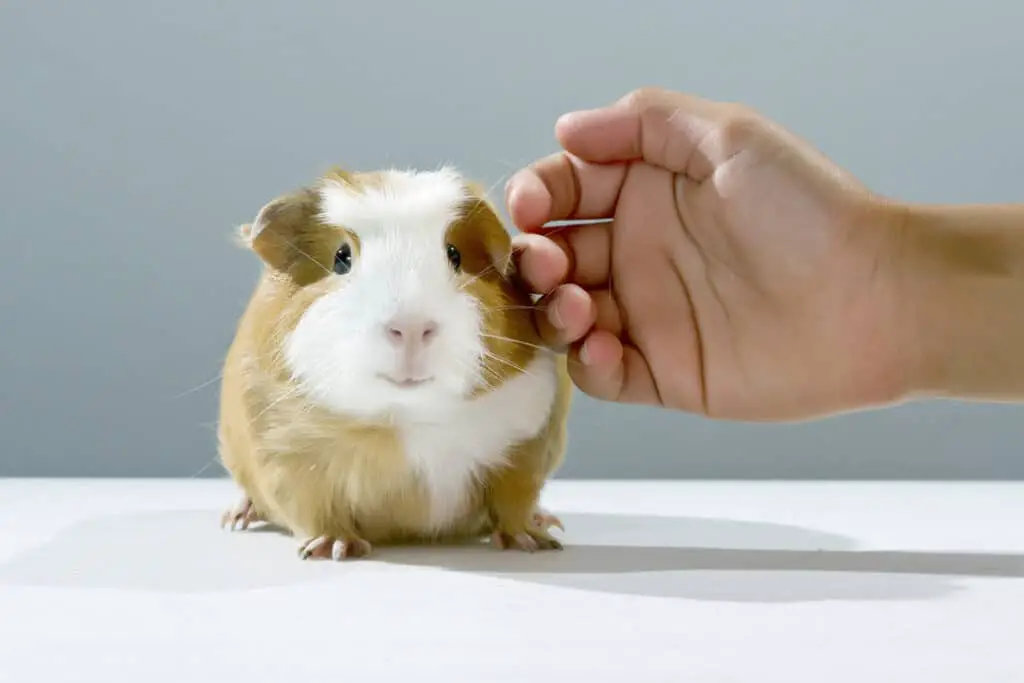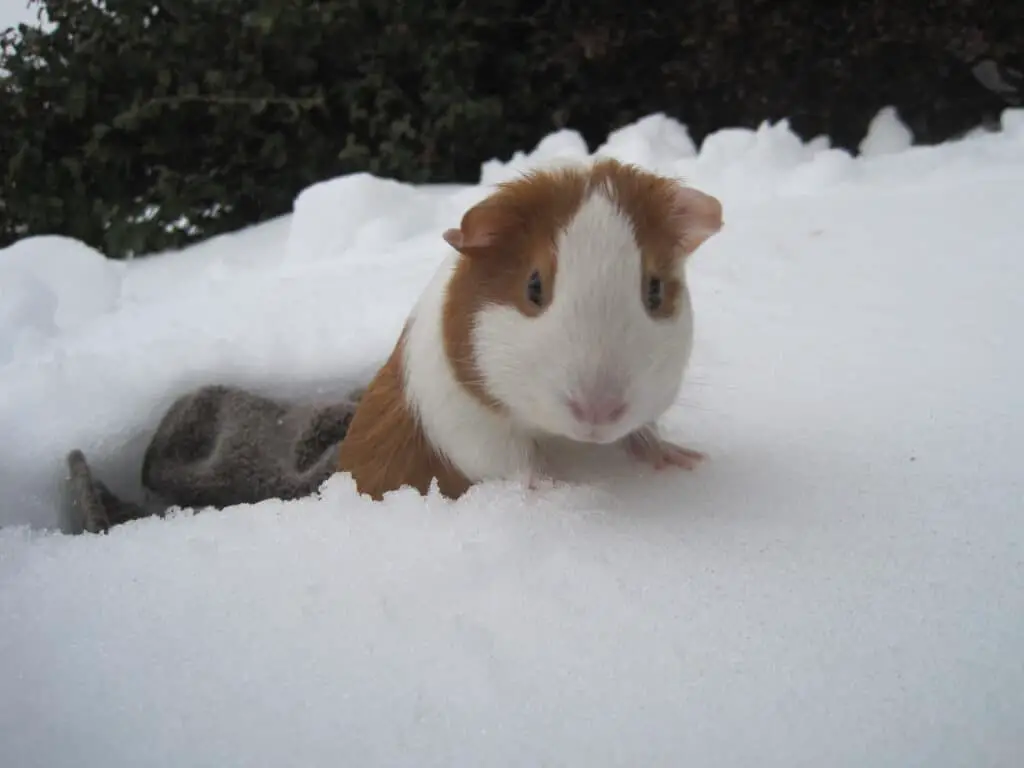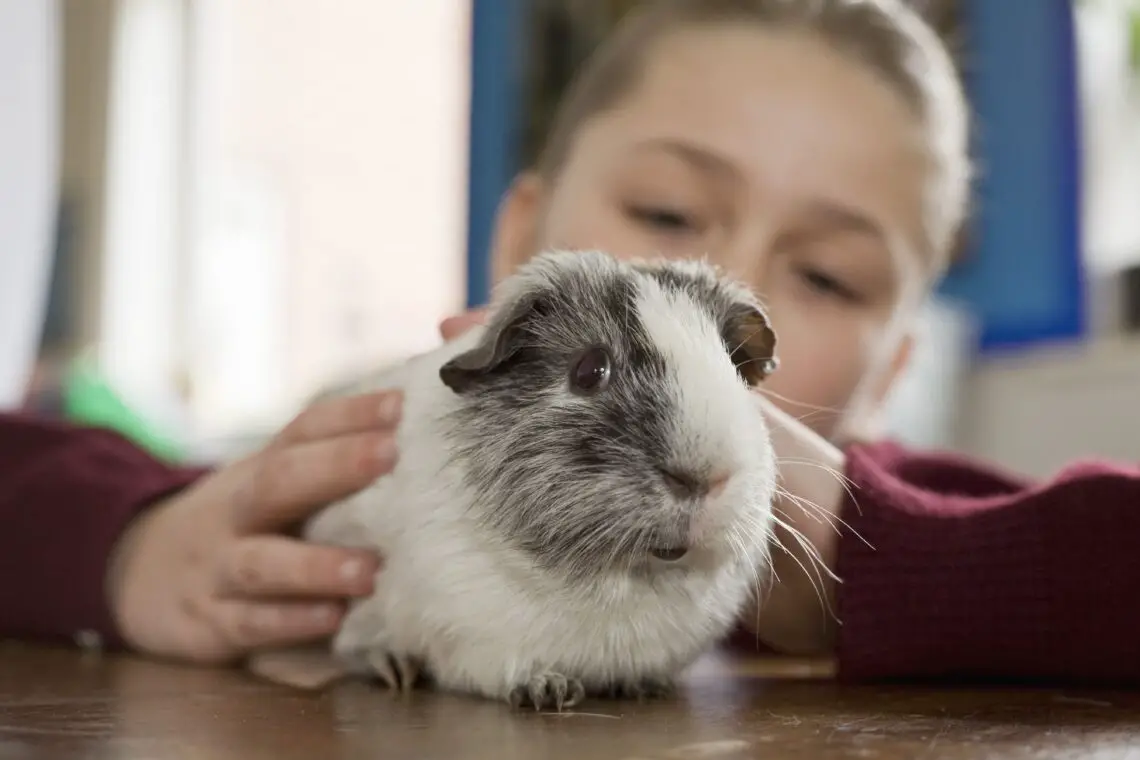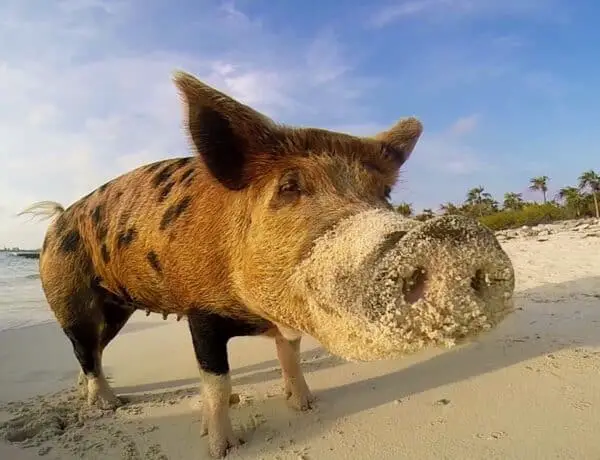Introduction
How Cold Is Too Cold For Guinea Pigs: Guinea pigs, those adorable and gentle rodents that have captured the hearts of countless pet owners around the world, are cherished for their endearing personalities and low-maintenance care requirements. However, these delightful creatures are not invulnerable, especially when it comes to their environmental needs. One of the most crucial considerations for responsible guinea pig ownership is maintaining the ideal living conditions for these small herbivores, and an essential aspect of that is the temperature in which they thrive. The rise in the minds of guinea pigs temperature owners is the temperature limits for these delicate creatures is paramount for ensuring their health and well-being.
Guinea pigs are native to the Andes Mountains in South America, where they have adapted to cooler climates with moderate temperatures. As a result, they are highly sensitive to extreme cold and heat, making it imperative for their human caregivers to create a suitable environment. In the fascinating world of guinea pig care and explore the critical aspects of temperature regulation for these charming pets. We will examine the signs of discomfort or distress that guinea pigs may exhibit when exposed to excessively cold conditions, the risks associated with cold exposure, and, most, the measures you can take to protect your guinea pigs from the cold.
Whether you’re a seasoned guinea pig owner or considering bringing these delightful creatures into your home for the first time, understanding the impact of temperature on their health is essential. This informative journey as we unravel the mysteries of guinea pig comfort and explore the question of how cold is too cold for these beloved companions. By being equipped with the tools to the best possible care for your furry friends, ensuring they lead happy and healthy lives in your care, regardless of the weather outside.

How cold is too cold for guinea pigs Celsius?
Guinea pig’s body temperatures should be approximately 37.2-39.5 degrees celsius. The temperature range that guinea pigs should be kept in is about 16 – 24 degrees celsius. Anything below ten to fifteen degrees and they can get very chilled, and anything above 25 and they’re very susceptible to heat stroke.
In their native habitat, guinea pigs are accustomed to temperatures that typically range between 18 to 23 degrees Celsius (64 to 73 degrees Fahrenheit). This moderate climate them with the ideal conditions for thriving. Therefore, as a general, guinea pigs should be kept in an indoor environment that maintains a temperature within this range.
Guinea pigs are masters at communicating their discomfort. When they are exposed to temperatures that are too cold, they may exhibit several signs of stress and discomfort. These can include shivering, huddling together for warmth, decreased activity and movement, and seeking out warm spots in their enclosure. If you notice any of these signs, it’s an indication that the temperature in their environment may be too low.
Guinea pigs are not built to withstand extreme cold. Prolonged exposure to temperatures below 10 degrees Celsius (50 degrees Fahrenheit) can put them at risk of serious health issues, including hypothermia and respiratory infections. Young guinea pigs, older individuals, and those with weakened immune systems are particularly susceptible to these dangers.
Is 6 degrees to cold for guinea pigs?
Temperatures between 18 and 23 degrees Celcius are ideal for guinea pigs living outside. If it gets colder than around 15 degrees, they can get too cold. While anything over 26 degrees could cause heatstroke. Guinea pigs’ bodies are self-regulating, which means they can adapt to the varying temperatures.
Guinea pigs are native to the Andes Mountains in South America, where they have adapted to cool and temperate climates. Their sensitivity to temperature extremes, both hot and cold, makes it vital for pet owners to create a suitable environment. While they can tolerate a range of temperatures, it’s crucial to ensure they don’t experience prolonged exposure to extreme cold.
Guinea pigs are excellent at conveying their discomfort. When subjected to temperatures as low as 6 degrees Celsius, they may exhibit signs of stress and discomfort. These signs can include shivering, huddling together for warmth, decreased activity, and a reluctance to move. These behaviors indicate that the environment may be too cold for their well-being.
Exposing guinea pigs to temperatures as low as 6 degrees Celsius for extended periods can pose serious health risks. Prolonged cold exposure can lead to hypothermia, a potentially life-threatening condition in which their body temperature drops to dangerously low levels. Guinea pigs may become more susceptible to respiratory infections when subjected to cold conditions, compromising their overall health.
Do guinea pigs get cold at night?
Some rodents, like ground squirrels or Eastern chipmunks, hibernate when the weather turns cold, but guinea pigs don’t. Instead, guinea pigs are most comfortable in air temperatures of about 65°F to 75°F. Anything below about 60°F is probably too cold for your pig.
Adequate Bedding: Guinea pigs need a warm and cozy place to rest. Ensure their enclosure has ample bedding materials like fleece blankets, hay, or specialized guinea pig bedding. This will help insulate them from the cold floor.
Protect Against Drafts: Position their cage away from drafts and cold air sources. Drafts can lower the ambient temperature within the enclosure and make your guinea pigs uncomfortable.
Consider Indoor Housing: If outdoor temperatures drop significantly at night, it’s a good idea to bring your guinea pigs indoors or them with a heated indoor space. This ensures they are shielded from the chill.
Monitor Their Behavior: Keep an eye on your guinea pigs’ behavior. If they are huddled together or appear lethargic at night, it could be a sign that they are feeling cold. In such cases, consider adjusting their environment to more warmth.
Do guinea pigs prefer dark or light?
They could be up at two in the morning running around with each other, or asleep at eight in the morning and up again an hour later. It’s safe to say that guinea pigs enjoy the dark at least, but we’d even go as far as to say they prefer the dark!
Guinea pigs are native to the Andes Mountains in South America, where they inhabit grassy, open areas. In their natural environment, they experience a cycle of light and darkness that mirrors the natural day-night cycle. This natural rhythm has influenced their behavior and preferences.
Guinea pigs are neither strictly diurnal (active during the day) nor strictly nocturnal (active at night); instead, they are crepuscular. This means they are most active during dawn and dusk, which corresponds to the times when they are likely to find food and forage in the wild.
While guinea pigs do not have strong preferences for constant bright light or complete darkness, they do have some specific requirements when it comes to at night, guinea pigs prefer darkness or low-light conditions. Unlike some other small pets, they do not require complete darkness for sleep, but they do need a peaceful and calm environment during their rest hours. A quiet and dimly lit space for your guinea pigs at night can help them sleep soundly.
How do I keep my guinea pig warm at night?
In the same way that you may throw an extra blanket on your bed when the temperature drops, you can add warm bedding to your guinea pig’s home. You may want to place the bedding inside a small box or tunnel within their cage or playpen so they can burrow down and retain the heat.
Indoor Housing: If possible, bring your guinea pigs indoors during the night. Indoor environments are generally more temperature-controlled and offer better insulation against the cold than outdoor enclosures. A room temperature of around 18 to 23 degrees Celsius (64 to 73 degrees Fahrenheit) is ideal for guinea pigs.
Warm Bedding: Ensure that your guinea pig’s cage is equipped with warm bedding materials. Fleece blankets, hay, or specialized guinea pig bedding can insulation and comfort. Guinea pigs love to burrow and nest in their bedding, so enough to keep them warm.
Snuggle Buddies: If you have more than one guinea pig, they often huddle together for warmth. The body heat they generate when cuddled up can help keep them warm. Make sure your guinea pigs have enough space to snuggle comfortably.
Avoid Drafts: Guinea pigs are sensitive to drafts, so position their cage away from windows, doors, or any other sources of cold air. Use draft stoppers or barriers if needed to keep cold drafts out.
Can I leave my guinea pigs overnight?
Although some websites suggest that it’s okay to leave your guinea pigs alone for a weekend, we recommend that you don’t. Should work or family commitments come up that need you to be away from your piggies for 24 hours or more, you need to plan accordingly.
Maintain a suitable indoor temperature for your guinea pigs. Guinea pigs are sensitive to extreme temperatures, so ensure the room they are in is neither too hot nor too cold. Proper bedding and insulation to keep them warm during the night.
Clean their cage or enclosure before you leave to ensure a clean and hygienic environment. Guinea pigs can be messy, so removing waste and soiled bedding will help prevent odors and maintain their comfort.
Guinea pigs are social animals and thrive on interaction. If you’re leaving them overnight, make sure they have a companion to keep them company. Guinea pigs can become lonely and stressed when left alone for extended periods.
Have a reliable friend, family member, or pet sitter who is familiar with guinea pig care check on your pets while you’re away. They should be prepared to food, water, and check for any signs of distress or illness.
Is 9 degrees cold for guinea pigs?
Guinea pigs can really struggle with the cold weather, anything below 15°C is too cold for them, and they should be brought inside your home. Rabbits can cope relatively well with colder temperatures, as long as their housing stays warm and comfortable and protects them from the elements.
Do guinea pigs eat more in winter?
Rabbits and guinea pigs will look to eat more food in winter as the extra fat insulation will help to keep them warm. Remember, 80% of rabbit and guinea pig diet should consist of a high-quality dust free hay. In winter, making sure you provide a good quality pellet food daily.
Guinea pigs are highly sensitive to temperature extremes, particularly to the cold. Their ideal temperature range typically falls between 18 to 23 degrees Celsius (64 to 73 degrees Fahrenheit). This is because they have evolved to thrive in the cool and temperate climates of their native habitat.
When exposed to temperatures as low as 9 degrees Celsius, guinea pigs may exhibit signs of discomfort or stress. These signs can include shivering, huddling together for warmth, decreased activity, and a reluctance to move. These behaviors suggest that the environment may be too cold for their well-being.
Prolonged exposure to temperatures as low as 9 degrees Celsius can pose serious risks to guinea pigs’ health. Their bodies are not equipped to handle extreme cold, and they can develop conditions such as hypothermia, where their body temperature drops dangerously low. Additionally, exposure to cold conditions can weaken their immune system, making them more susceptible to respiratory infections and other illnesses.

Conclusion
Being too cold for guinea pigs is not just a matter of curiosity; it’s a vital consideration for anyone who cares for these charming and delicate creatures. Guinea pig care in relation to temperature, we’ve learned that guinea pigs are highly sensitive to extreme cold, and their well-being depends on maintaining a suitable environment. We’ve uncovered the signs of discomfort and distress that guinea pigs may exhibit when exposed to cold conditions, including shivering, huddling, and decreased activity. We’ve also discussed the serious risks associated with cold exposure, such as hypothermia and respiratory issues, which can lead to severe health problems or even death.
However, it’s not all doom and gloom for guinea pig owners during colder months. We’ve also explored the practical measures and strategies to protect these beloved pets from the cold. These include providing warm bedding, shelter from drafts, and ensuring a consistent indoor temperature in their living space. We’ve emphasized the of monitoring their behavior and well-being closely, as each guinea pig may have slightly different temperature tolerance levels. As responsible guinea pig owners, it’s our duty to prioritize their comfort and health. By following the advice presented in this we can create a safe and cozy haven for our furry companions, regardless of the weather outside.
A warm and nurturing environment not only ensures their physical health but also fosters a loving and trusting bond between guinea pig and owner. In cold is too cold for guinea pigs underscores the broader theme of responsible pet ownership. Guinea pigs rely entirely on us for their well-being, and understanding and meeting their specific needs, including temperature regulation, is a fundamental aspect of that responsibility. So, let’s continue to cherish these endearing creatures, keeping them snug and content in our care, and in return, we will be rewarded with the boundless joy and affection they bring to our lives.





No Comments